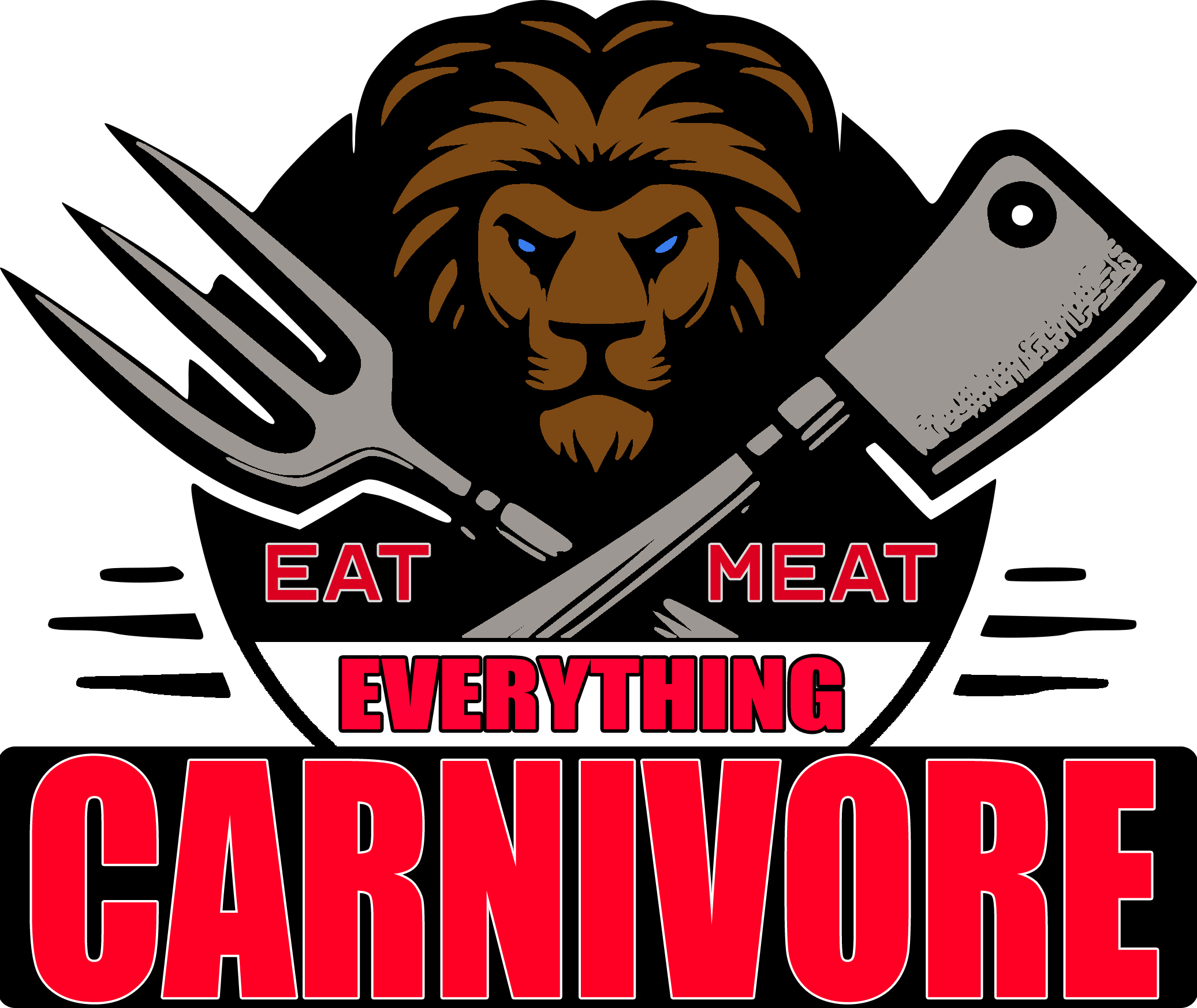
Starting a carnivore diet, which involves consuming mostly or entirely animal products, requires thoughtful planning and consideration. Here’s a guide to help you get started:
1. Understanding the Carnivore Diet
Definition: The carnivore diet is a high-protein, low to zero-carbohydrate diet that focuses on animal products. It excludes plant-based foods.
Benefits: Advocates claim benefits such as weight loss, improved mental clarity, and decreased inflammation.
2. Preparing for the Diet
Setting Realistic Goals: Determine your goals for the diet, whether it’s weight loss, managing a health condition, or experimenting with dietary changes.
3. Planning Your Diet
Primary Foods: Focus on meats like beef, pork, lamb, and organ meats. Poultry, fish, and eggs are also central to the diet.
Dairy: Some versions of the diet include dairy products like cheese and butter, while others do not.
Avoiding Plant Foods: This means no fruits, vegetables, nuts, seeds, or grains. Coffee is a plant!
4. Starting the Diet
Gradual Transition: Some people may prefer to gradually reduce carbohydrate intake and increase their meat consumption.
Hydration and Electrolytes: Pay attention to hydration and maintaining electrolyte balance, as initial water weight loss is common.
5. Monitoring Your Health
Listen to Your Body: Be attentive to how your body reacts to the diet. This includes monitoring energy levels, digestive health, and any adverse reactions.
Regular Check-ups: Regular health checkups and blood tests can help monitor blood levels, kidney function, and other vital health markers.
6. Considering Long-Term Sustainability
Variety: Aim for variety within the allowed foods to ensure a wider range of nutrients.
Long-Term Perspective: Consider the long-term sustainability of the diet, both from a health and lifestyle perspective.
Conclusion
The carnivore diet is a significant dietary change that should be thoughtfully approached with a strict dedication for at least a few months. It’s crucial to listen to your body and be aware of the potential risks and benefits.
CONTINUE TO WHAT TO EXPECT ==>>

